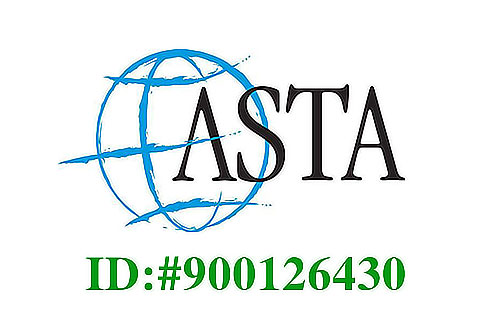Guilin karst added on UNESCO World Heritage list
The second phase of South China Karst has just been added to the UNESCO World Heritage list on June 23, 2014; and Guilin karst was included along with Huanjiang in Guangxi, Shibing cluster in Guizhou, and Jinfoshan cluster in Chongqing.

The newly-added South China karst areas cover an extension of the first project, which was listed as a natural World Heritage site in 2007. Experts believe that this year's extension project makes the listing more complete. The two parts group the world's most unique karst landforms, which evolved from highlands to flatter lowlands,
Karst topography is a distinctive landscape formed from the dissolution of layers of soluble bedrock, such as limestone, dolomite and gypsum. South China has the world's most diverse karst landforms. Now, the serial sites of South China karst, with an area of 176, 228 hectares, spread over the provinces of Guizhou, Guangxi, Yunnan and Chongqing.

The region of Guilin in South China's Guangxi Zhuang Autonomous Region is world-renowned for the stunningly karst landcape. Astounding karst hills topped with lush greenery are typical. The city of Guilin lies amidst limestone towers and cones of different height and shape, on the alluvial plain of the Li River. Surprisingly, there is dramatic change in the karst landscape. A four-hour boat trip down the river from Guilin to Yangshuo allows visitors to observe changing scenery of 'Fenglin' - 'peak forest' and 'Fengcong' - 'peak cluster'.







